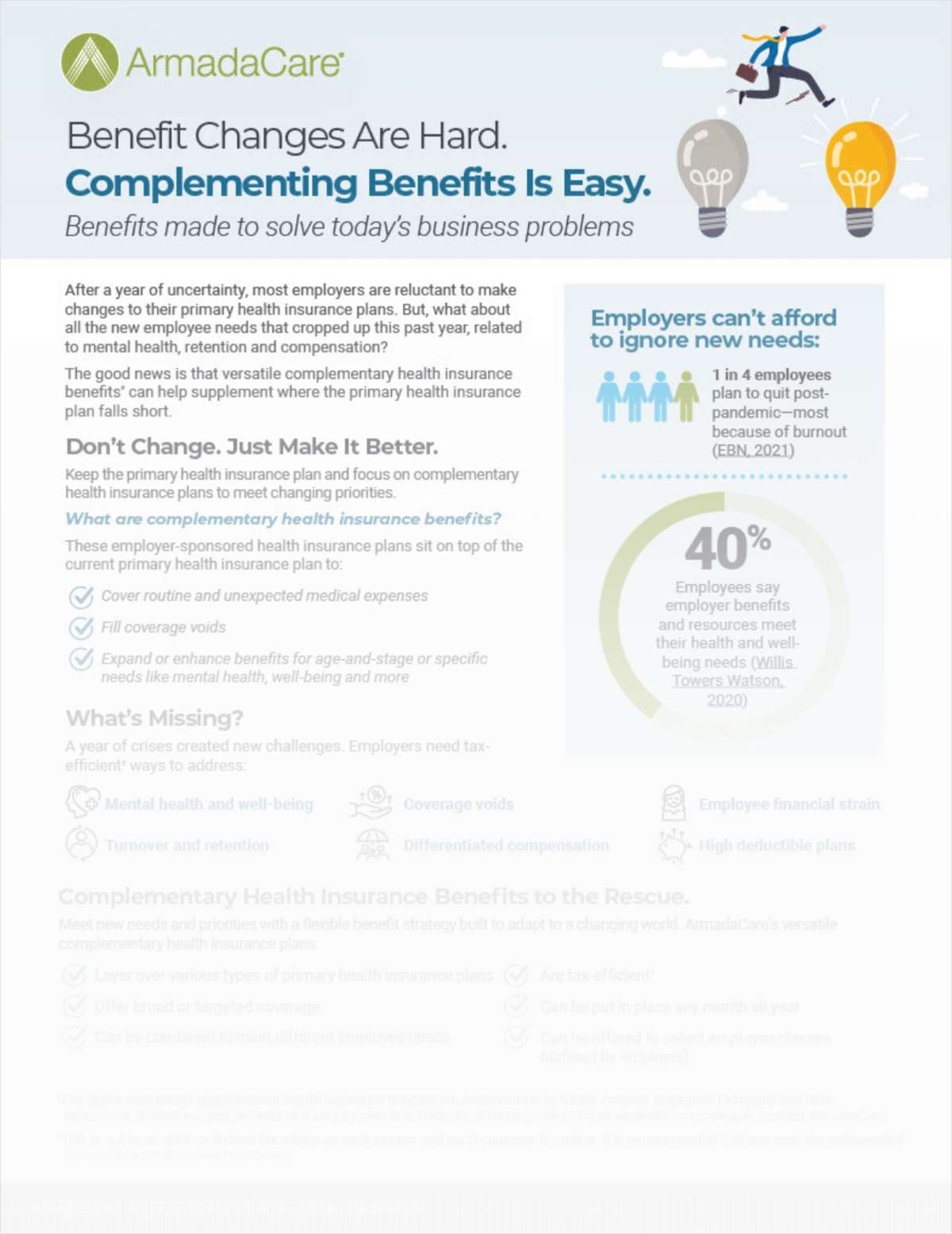By the numbers: More than 72 million U.S. adults are obese.
Those who are obese have medical costs of $1,429 more than those who are of normal weight (2008).
$147 billion: The medical care costs of obesity in the United States in 2008.
Economic consequences: Overweight and obesity and their associated health problems have a significant economic impact on the U.S. health care system. Medical costs associated with overweight and obesity may involve direct and indirect costs. Direct medical costs may include preventive, diagnostic and treatment services related to obesity. Indirect costs relate to morbidity and mortality costs. Morbidity costs are defined as the value of income lost from decreased productivity, restricted activity, absenteeism and bed days. Mortality costs are the value of future income lost from premature death.
Health consequences: As weight increases to reach overweight and obese classifications, the risks increases for the following:
- Coronary heart disease
- Type 2 diabetes
- Cancers (endometrial, breast, colon)
- Hypertension
- Dyslipidemia
- Stroke
- Liver and gallblader disease
- Sleep apnea and repiratory problems
- Osteoarthritis
- Gynecological problems
Complete your profile to continue reading and get FREE access to BenefitsPRO, part of your ALM digital membership.
Your access to unlimited BenefitsPRO content isn’t changing.
Once you are an ALM digital member, you’ll receive:
- Breaking benefits news and analysis, on-site and via our newsletters and custom alerts
- Educational webcasts, white papers, and ebooks from industry thought leaders
- Critical converage of the property casualty insurance and financial advisory markets on our other ALM sites, PropertyCasualty360 and ThinkAdvisor
Already have an account? Sign In Now
© 2024 ALM Global, LLC, All Rights Reserved. Request academic re-use from www.copyright.com. All other uses, submit a request to [email protected]. For more information visit Asset & Logo Licensing.








